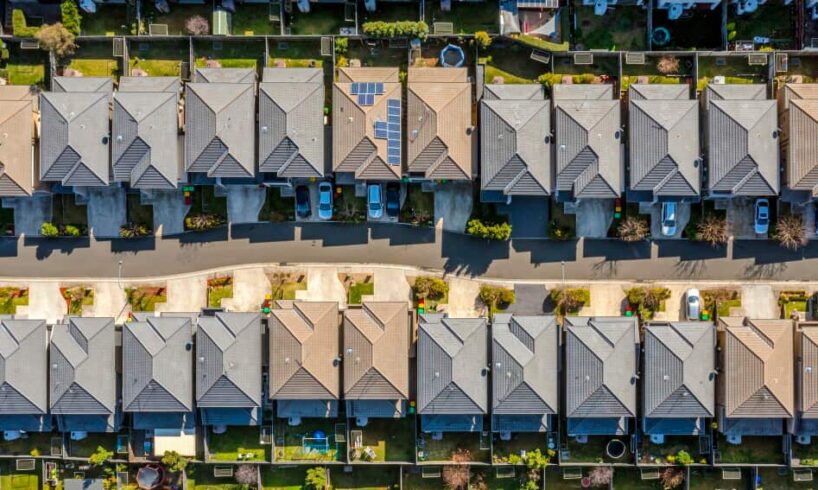
According to the latest Domain House Price Report, the price of houses and units in every capital city increased in the three months to June.Domain’s chief of research and economics, Dr Nicola Powell, said “Australia’s housing upswing has broadened”.
“This is the first time in four years that all capital cities have seen house price growth at the same time. For units, it’s the first time in two years.”
Sydney and Melbourne lead the charge
House prices in Sydney and Melbourne have experienced their fastest quarterly growth in years.Sydney’s median house price jumped 2.6 per cent over the June quarter to hit a new record of $1.7 million, its biggest increase in two years. In Melbourne, median house prices rose 2.3 per cent to reach just over $1 million, marking a three-year high.”These results reflect a turnaround in momentum. Melbourne’s recovery puts it on track to reclaim record territory by mid-2026,” Powell said.
Prices in other capitals also increased.
Canberra’s median house price rose to a 15-month high, while Hobart’s median house price was the highest it has been in more than three years.
Brisbane, Adelaide and Perth hit new record highs, with median house prices in Perth (currently $955,000) expected to reach the $1 million mark later this year.
Unit prices surge as buyers seek affordability
As owning a house pushes further out of reach for many, attention is turning to the unit market.
According to the Domain report, national unit prices saw the strongest quarterly growth in two years, rising to a new high of $689,588. Units in Sydney, Brisbane, Adelaide and Perth all reached record prices.
“Affordability constraints, high interest rates and rising investor activity are turning the spotlight on units. In many markets, they’re now outperforming houses,” Powell said.Darwin and Canberra led unit price growth this quarter, with median unit prices in Darwin jumping 5.6 per cent to an eight-year high of $388,169. Median unit prices in Canberra increased 4.6 per cent to $610,752 — their highest value in nearly two years.
Brisbane is experiencing its longest stretch of unit price growth in history, while Adelaide has posted nine straight quarters of price gains.
What’s driving the comeback?
Powell said a key catalyst has been improved borrowing capacity, which is up around 5 per cent since the start of the year. She said the RBA’s shift towards rate cuts has unlocked fresh demand, meeting still-tight listing volumes and pushing prices higher.”Lower interest rates have given buyers more firepower, but we’re still not seeing enough new homes being built,” she said.
The combination of rising demand and limited supply has intensified competition, particularly in east coast capitals where population growth remains strong.
What’s next?
While the current upswing has defied expectations, Powell says the path ahead may be less predictable and the RBA’s next move, after its August meeting, will be crucial.”If we see another rate cut, it could boost demand further just ahead of the spring selling season,” she said.
“But regulators are watching investor activity closely; they may step in if things accelerate too quickly.”
Longer-term, supply remains the biggest concern.”National dwelling completions are expected to stay well below what’s needed to match population growth,” she said. “Without a meaningful boost in new construction, we’re likely to see continued price pressure — especially for well-located homes.”For now, buyers and investors are being urged to act quickly, particularly in cities such as Perth, where house prices remain just below the $1 million mark.”Value still exists, but it may not last long, this market is shifting, and quickly.”
Source





